Biotensegrity is Key to Knee Stability
Knee degeneration often begins with overload due to knee instability and inefficient gait, gradually affecting knee mechanics. Multiple structures converge at the knee, supporting its capacity to manage force loads many times your body weight. But muscle weakness and imbalances, poor joint alignment, and other factors can undermine knee function. To stop the degenerative process, we need to address the factors that affect knee stability, beginning with biotensegrity.
Biotensegrity refers to tensile integrity – a state where a system of individual components is held together under continuous elastic tension. In the human body, biotensegrity is created by the myofascial system, the network of muscles, fascia, and nerves that work together to produce, control, and guide forces, and to hold the body’s various organs and structures in place as you move.
Biotensegrity can be disrupted when myofascial tissues are injured or damaged in some way. When that happens, nerves and blood vessels can become entrapped in densified fascial tissue, preventing them from gliding among other structures and producing pain. At the same time, the elastic tension that governs joint alignment and controls movement is disrupted, creating motor deficits that undermine mobility and stability.
Factors that disrupt myofascial biotensegrity include:
- Traumatic injury that affects multiple tissue types
- Repetitive overuse injuries from sports, exercise or occupation
- Old injuries that were never properly rehabilitated
- Sedentary lifestyle with excessive sitting
- Obesity that overloads the body’s structures
- Inadequate hydration that deprives soft tissues of water needed to function
- Diet high in sugar and carbs that causes myofascial tissue glycation, making it dense and sticky
Many doctors do not understand the crucial role of the myofascial system in preventing pain syndromes, movement disorders, and disease. In fact, most medical doctors have no idea how to correct myofascial dysfunction or even recognize it as a factor. They simply treat pain symptoms with medications and eventually recommend surgery.
At NYDNRehab, we understand that the body’s systems work together as an integrated whole, and that treating pain is not enough to eliminate its source. We use dynamic high-resolution ultrasound to explore the myofascial system in real time. Ultrasound imaging lets us visualize muscles, fascia, nerves and other structures in motion, to identify places where biotensegrity has been disrupted.
Once we identify the problem, we use the most advanced therapeutic approaches to restore myofascial integrity and promote tissue healing.


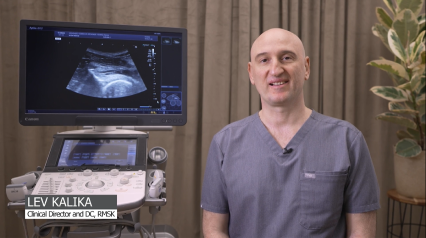

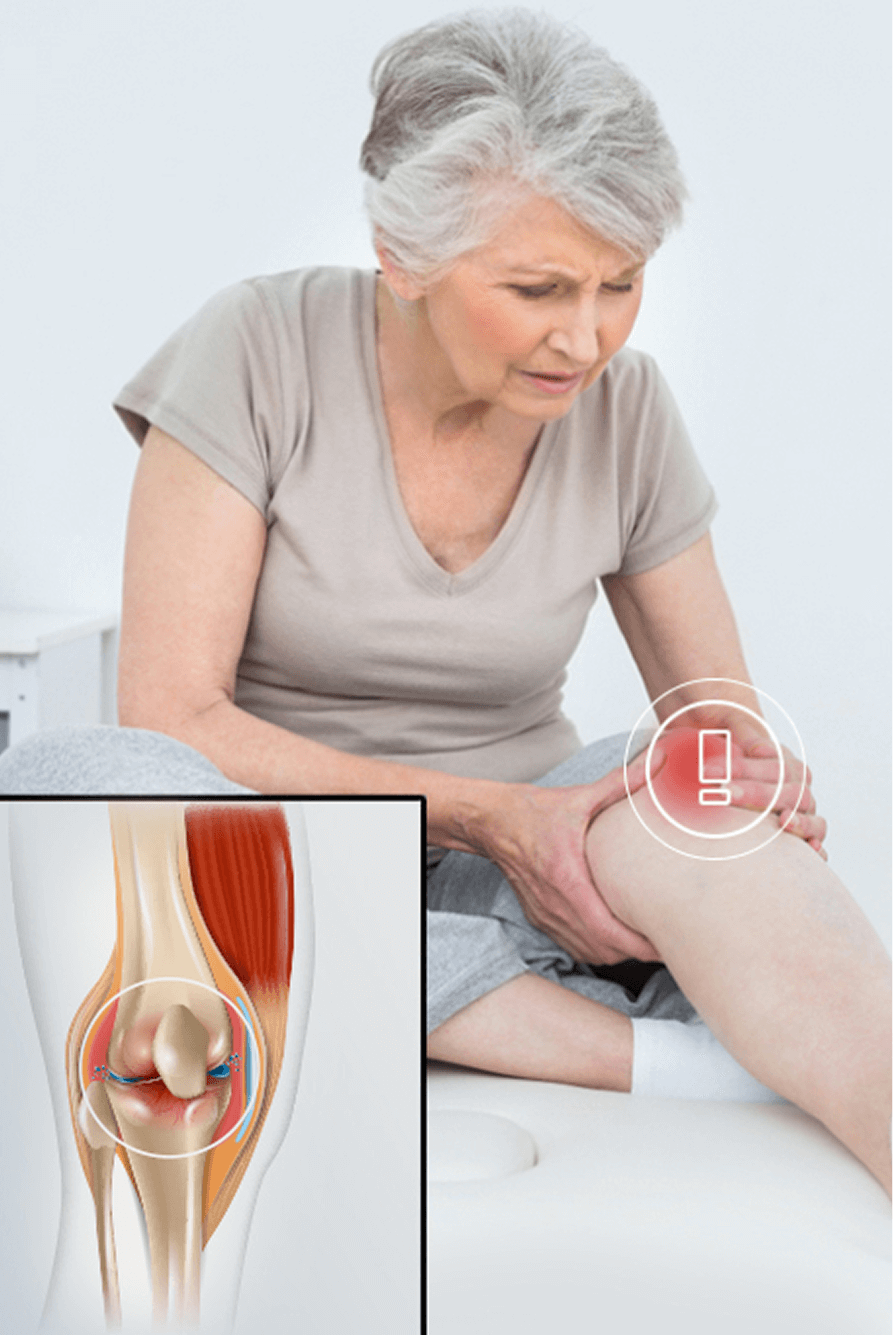
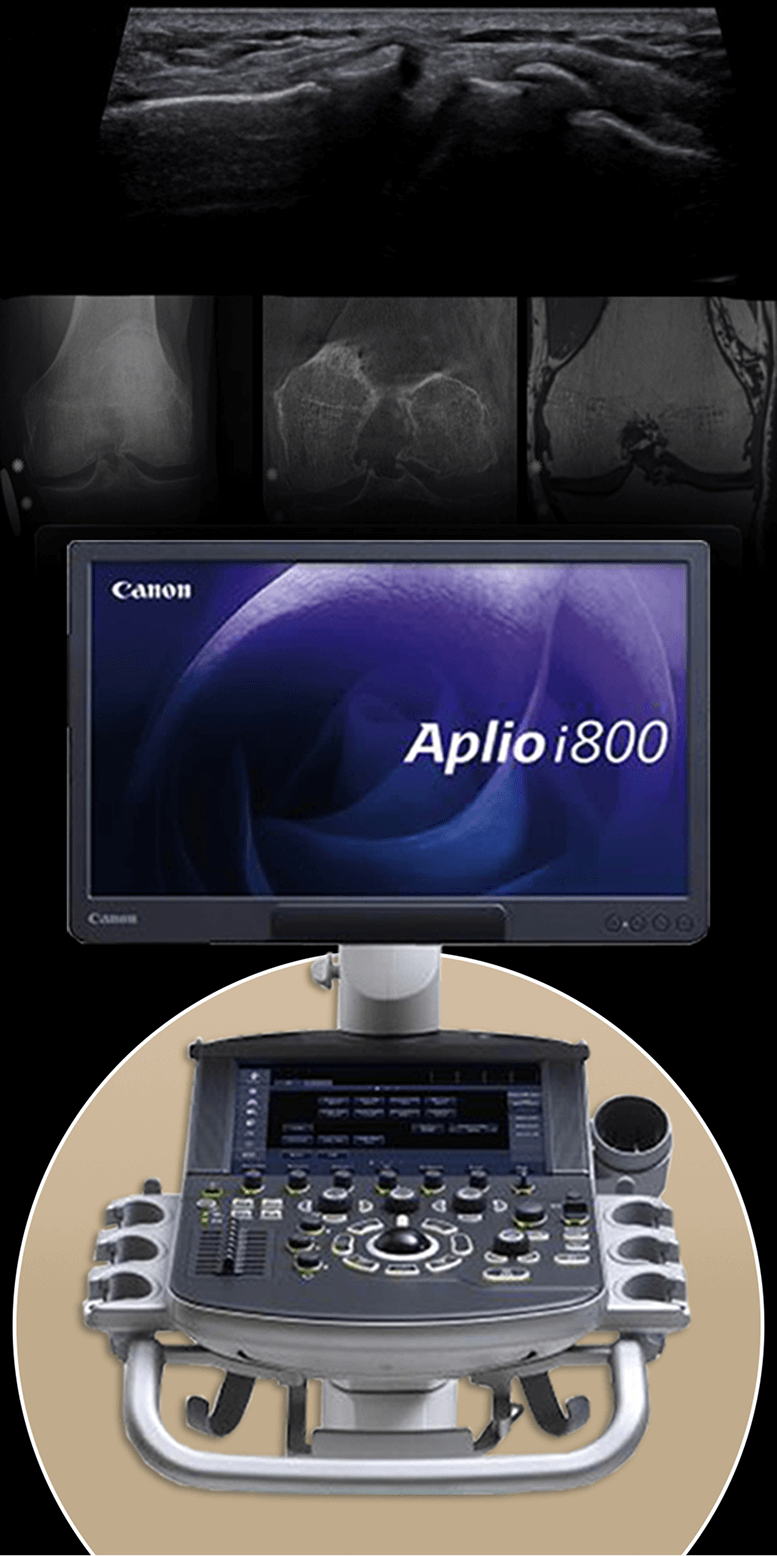
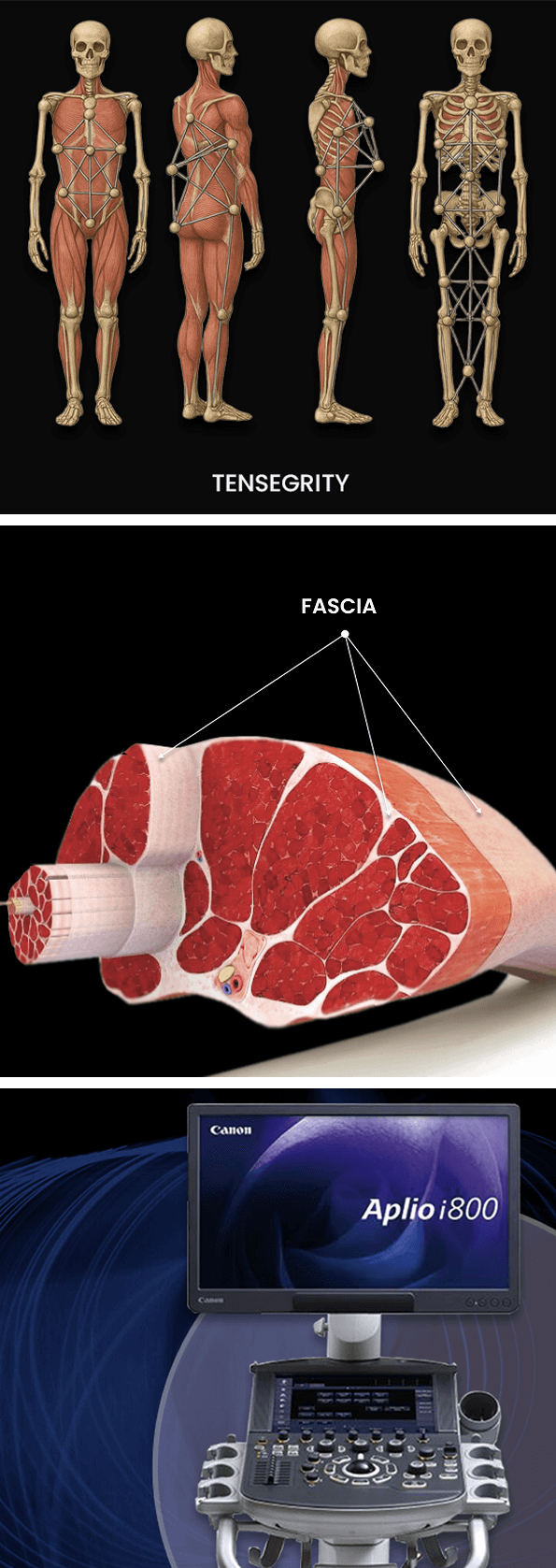

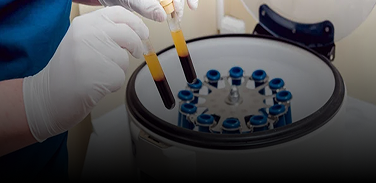
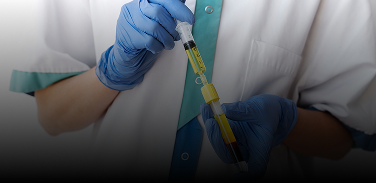
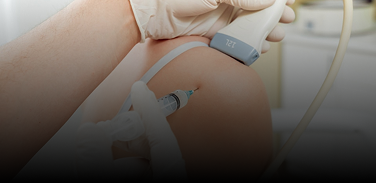
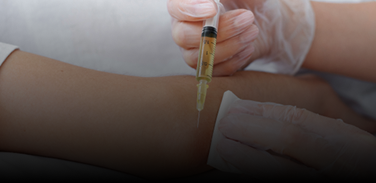
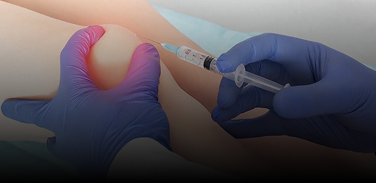
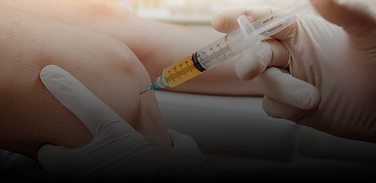
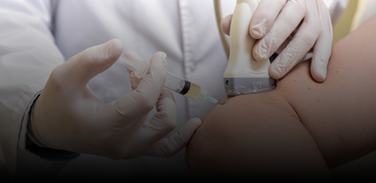
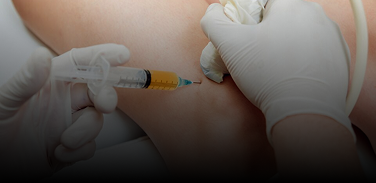
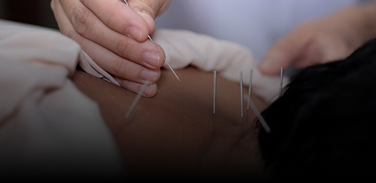
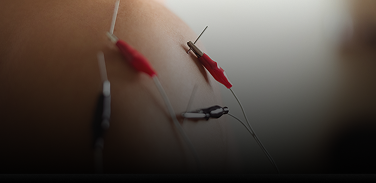
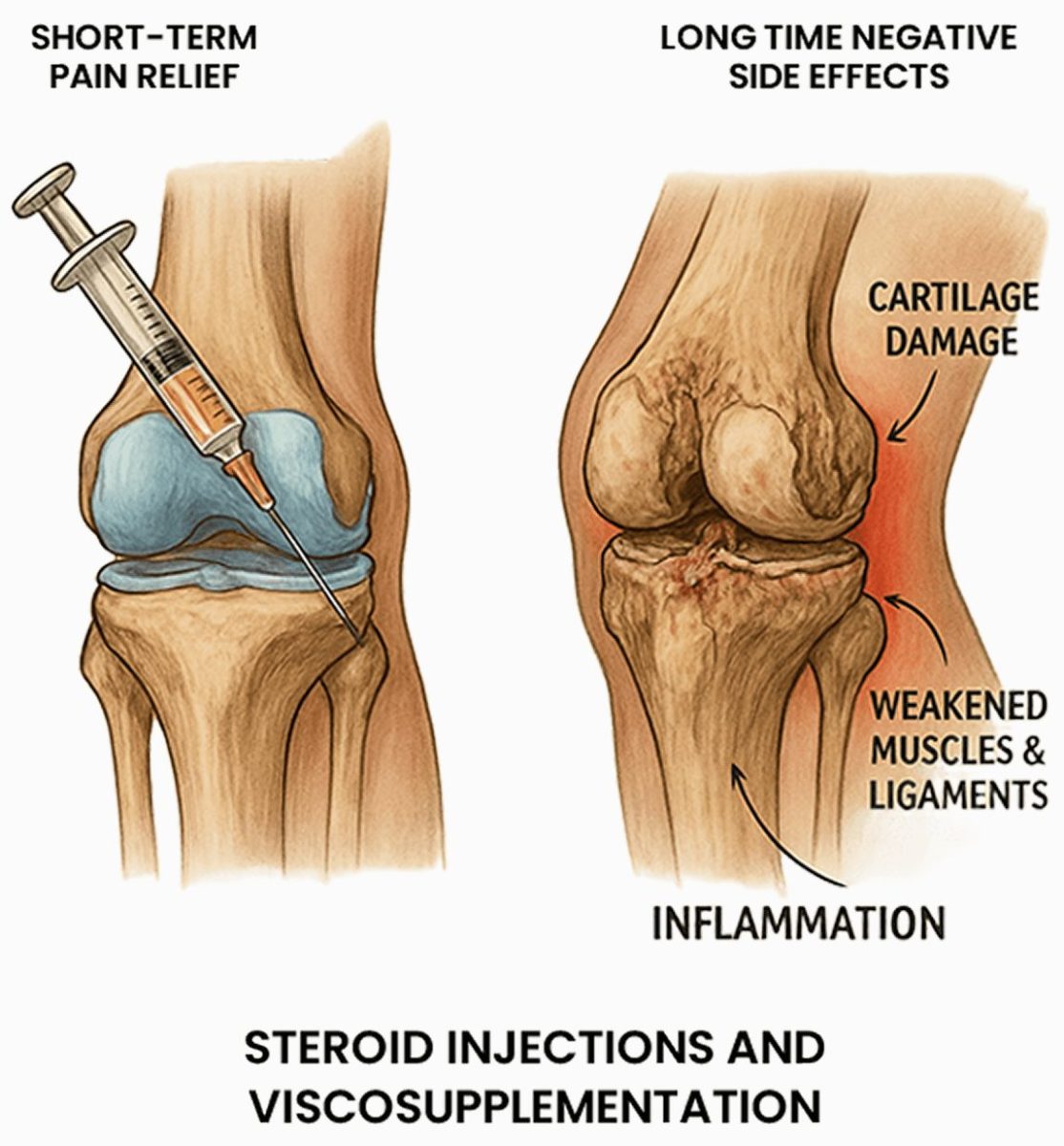
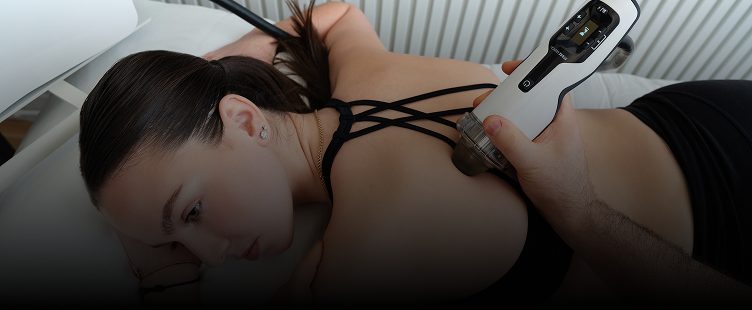

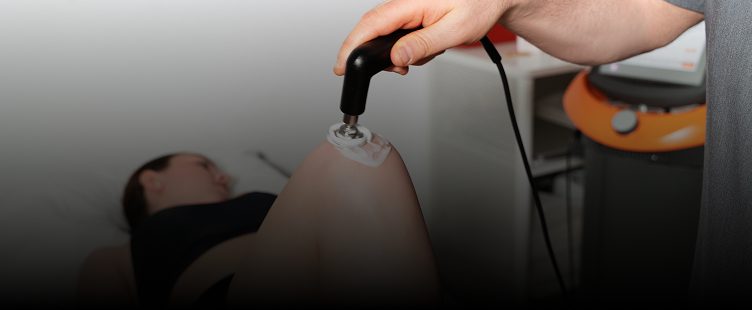
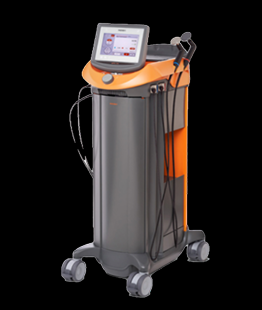
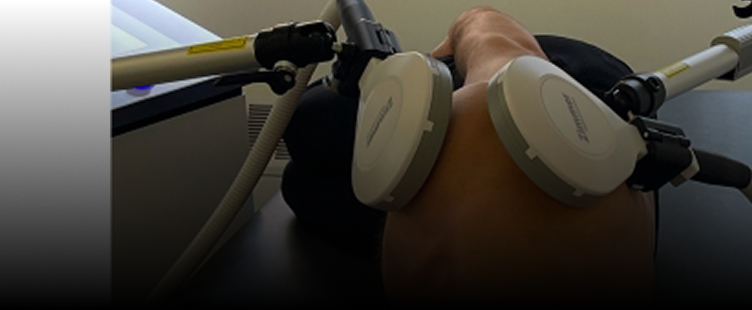
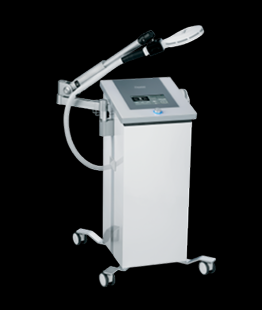
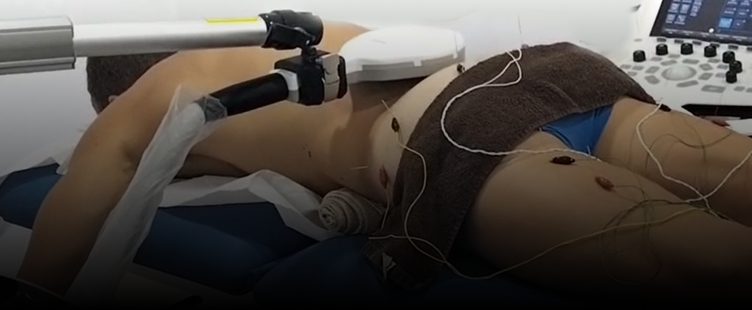
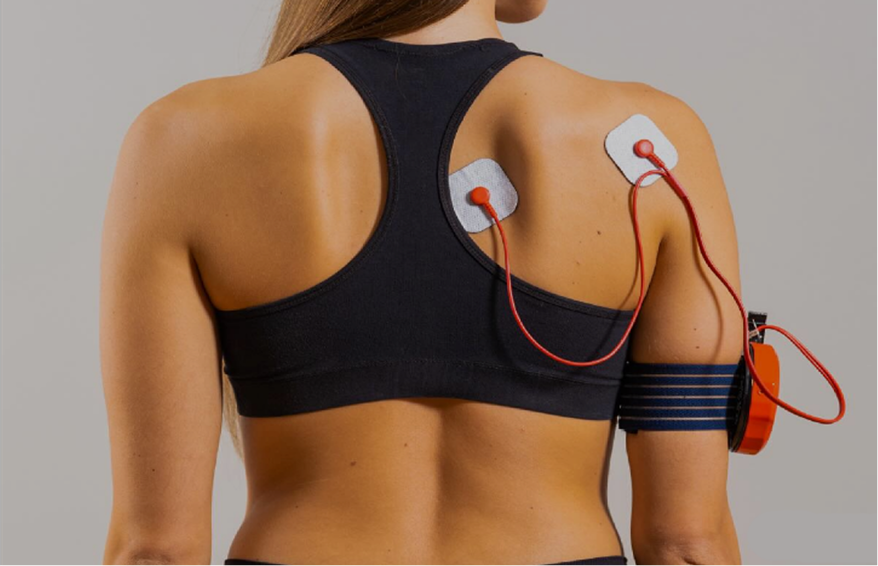
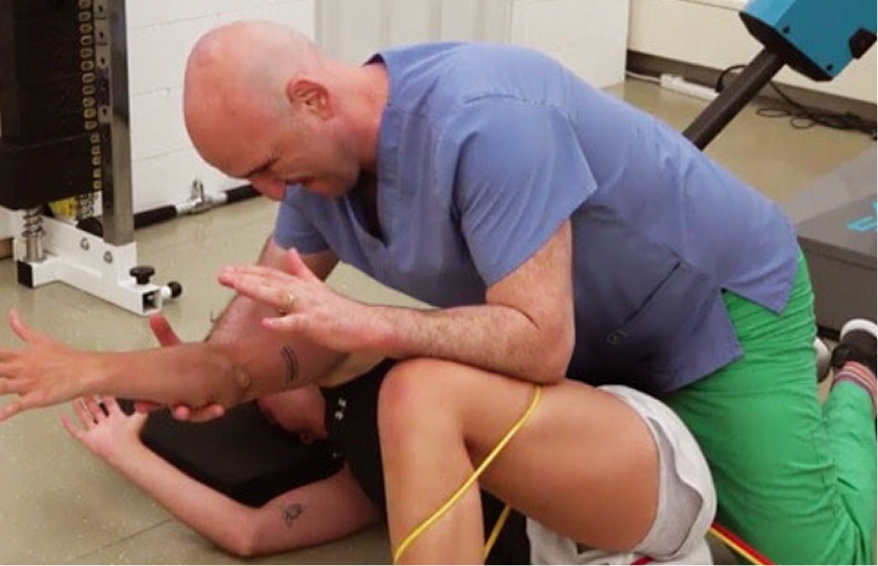
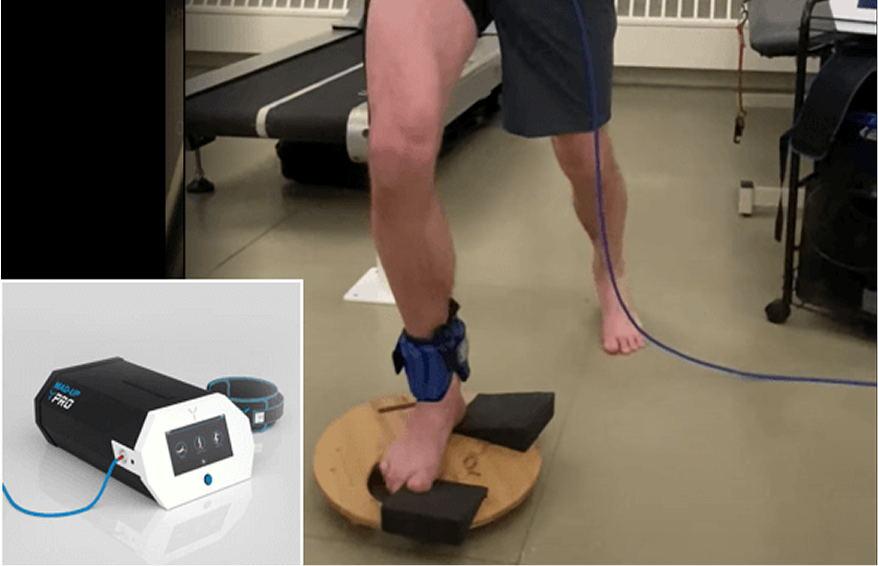
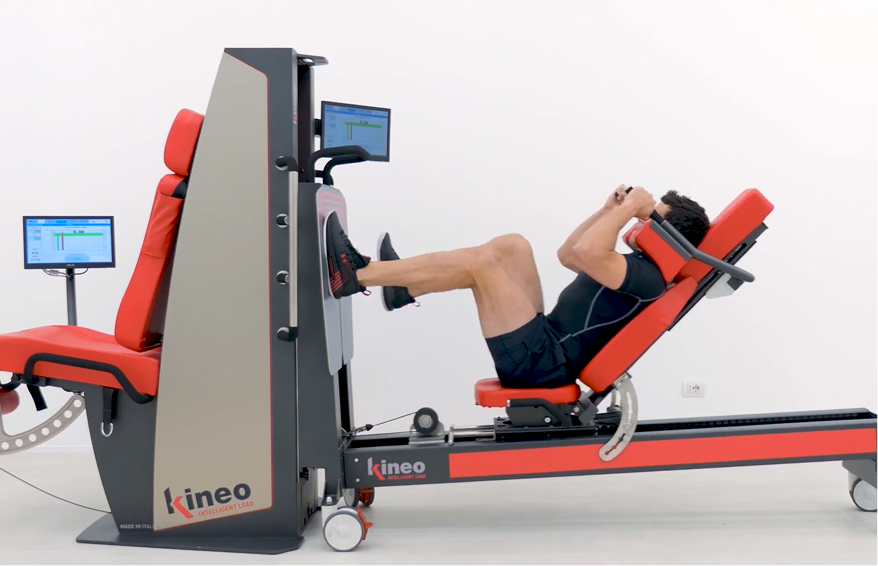
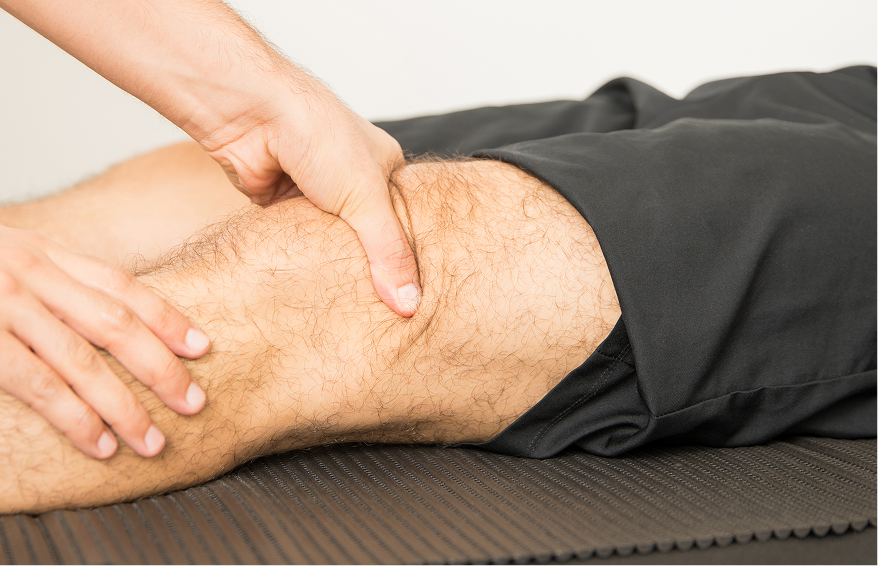

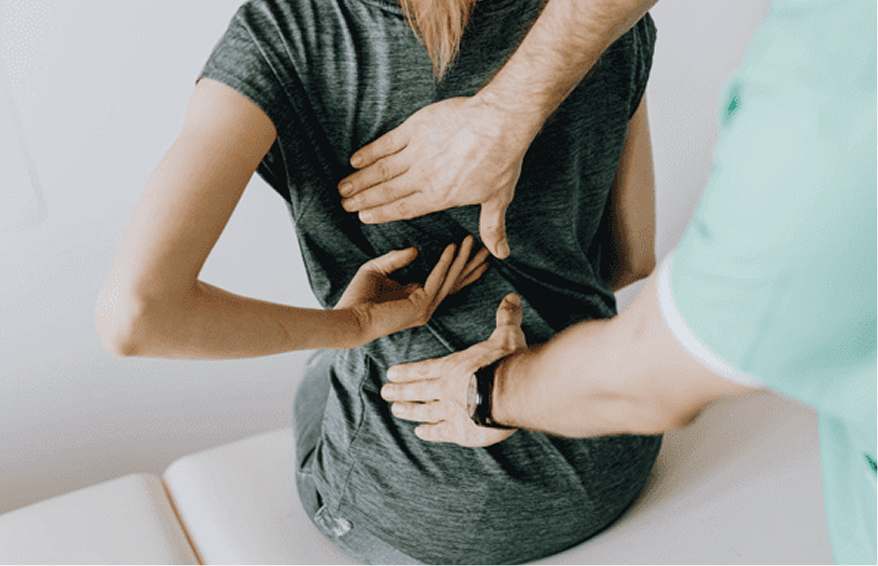
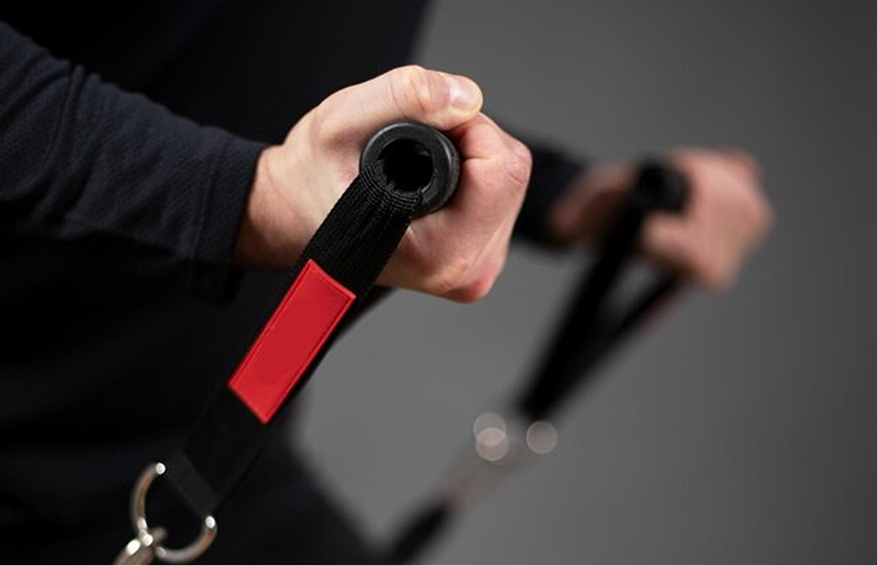
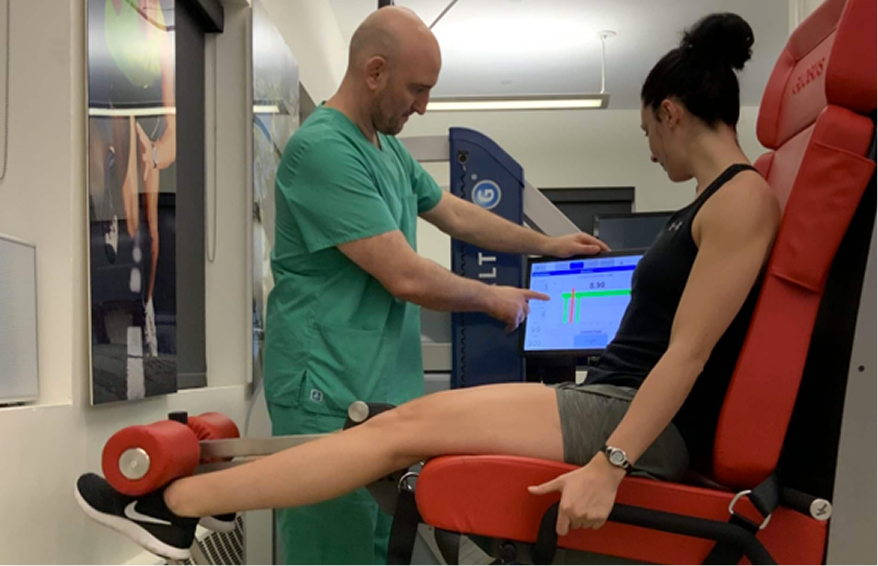







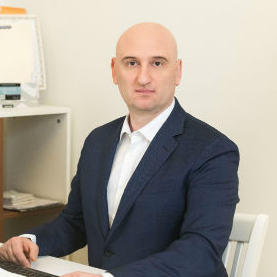




























 Dr. Michael Goynatsky
Dr. Michael Goynatsky 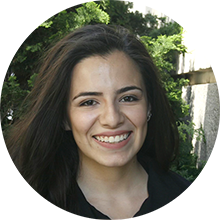 Dr. Daniela Escudero
Dr. Daniela Escudero  Dr. Michelle Agyakwah
Dr. Michelle Agyakwah 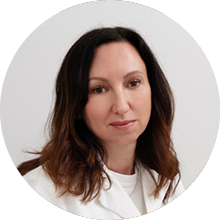 Dr. Tatyana Kapustina
Dr. Tatyana Kapustina 

























